Surely you met in the water bodies of the waterfowl of the animal - this is nutria. Many farmers are successfully breeding Nutry not only in order to obtain meat, as well as in order to obtain valuable fur.
Nutria belongs to the family of nutritious. Externally, this animal resembles large sizes of rat, or something similar to the beaver. By the way, it is for the similarities to stay in water, the nutrition is often confused with another waterfowl - beaver.
Nutria is considered one of the major rodents. As a rule, males are ten-twenty percent larger than female. Moreover, if women's individuals weigh around six-seven kilograms, less often - up to ten, then "men" achieve weights of twelve kilograms and even more.
Rough growth is about half a meter in female and about 80 centimeters in males. The tail at the nutria is long and round, almost completely devoid of undercoat. The torso is a bit elongated and squat, and the head is big. The muzzle from the big rat stupid, and large cutters are distinguished on it.
It is noteworthy that the so-called mustache - "Vibribs" act as a tangible organ of the Nutry. These are thick twofold hairs that grow on the cheeks and above the upper lip. By the way, the characteristic feature of the Nutria is the almost complete absence of a neck - her head out of the thick short neck gently goes into the body. Nutria's legs are short, with five-plated membranes, and the front brushes are still shorter than the rear, but they are distinguished by long fingers. They serve as an animal to hold feed, as well as to comb your fur.
Nutria is considered waterfowl rodent, because it can swim well, and even more so, dive. It can sail more than a hundred meters under water and not even seem on the surface. Thus, for four to five minutes, rodents can be under water and gradually produce air.
In the heat of Nutria flows into a stupor and does not want to move. Almost this behavior of waterfowl shows both the onset of cold weather, therefore the indices in natural conditions are often dying.
About choosing
If you have decided to breed the Nutry, then you need to thoroughly explore their behavior. In order to know which habits at Nutria, you need to visit the farm for their cultivation, talk with breeders. It is also desirable before purchasing in advance to prepare a place for habitat and stock feed.
It is necessary to know that an adult person in nature is powered by vegetable feed, and it can take a day near a kilogram. But the home nutria eat a little less.
You can purchase nutrition for breeding both in the special communities and the market. For sale are two-month kids. If you plan to purchase nutrition for breeding, then the females need to take two-three-month. If you buy older rodents, they may not get along with each other and they will be problematic to climb into groups for the conversion.
If you are offered a five-month female, it is better to take it together with the current group, in which there are from five to seven individuals who are ready for the concern.
By purchasing nutrition, it is necessary to view it carefully:
- Check hair (olya).
- Look at the cutters.
If the nutria hair does not have a healthy shine and beautiful, "juicy" color, perhaps rodent was in bad conditions and no matter. The same can be said about the cutters: if they have a bright color of yellow or orange, it means that the animal is absolutely healthy. If there are spots on them, or the teeth have a dark color - the animal hurts, or in the body there is a lack of vitamins. It should also be borne in mind that the cutters of young animals have a brighter color than adults.
Purchase Nutry is preferably in spring or summer so that they can be transported to a new place in the bag or basket. To one ordinary linen bag is placed up to three young rodents. If a pregnant female or adult male has to be transported, they are put into a cell for a small amount of a small size (about half a meter) and transported one by one. Cell can be borrowed from experienced breeders, and do it yourself from the board, plywood or metal grids. The height of this cell should be about 40 centimeters.
Breed
In Russia, it is customary to breed the standard Nutry breed. Colored breeds are popular. By type, the rodent is distinguished to ten mutational and about seven mixed types. All these types were obtained due to long-term breeding.
Nutria Standard
Externally, it is similar to the wild rock. The shade of wool from brown to the color of steel. Also may have different color intensity: both bright and muted. The standard breed of the Nutria has a dark brown color, which will be darker on the back than on the trouser. At the base of the Color Ridge will have a darker color.
The standard Breed of Nutria is considered one of the popular. The rodent dying hairs can have a different intensity and shade, but the scuffs on the belly has a light shade. The plump hair is weak, which can lead to the frequent "dumping" of the fur, provided that the nutrition contains and feed incorrectly.
This breed of home nutrition is characterized by good fecundity. At once, female can bring five or six puppies.
Nutria Golden
This type of breed is brought from afar. The weight and size of the rodent is the same as at the standard breed. Coloring on the ridge - bright, golden, and belly little lighter. On the back, as well as on the prystone, the scuffs has a pleasant shade of pink and beautiful shine. Ax also has a good shine.
The eyes of the Nude "Golden" breed are brown, as well as in the standard Nutria. But fertility is weak: no more than three or four puppies. If you pair such a breed with a standard male, then the amount of the rating increases and is about five puppies, and half will have a golden color, and half-brown.
Nutria black
This type of Nutry was first obtained by Argentina's farmers. Outs, as well as the fertility of rodents of this breed is the same as in standard species.
The clean rock of the Nutria has a beautiful deep black color, and the scuffs are gray. When pairing with the male of the same breed, kids having black wool color are born.
If you cross the black nutray with other breeds, you can get both colored, so black babies, and with the age of painting puppies will change.
Breeding
At home, nutria is bred. The readiness of the females to conception comes from four or five-month age. But, according to experienced farmers, rodent it is better to happen at the age of seven-eight months, when they achieved the weight of four-five kilograms.
Rodent breeding tips:
- "Okhotny" periods of females are repeated every month (30 days) and last about 30-40 hours! Best of all, if a group case is applied, when about ten and more young female are attached to the edge of the male.
- After the completion of the period, female is sent to another cell and leave at rest 40-45 days.
- To check the result of mating, take it out of the cage carefully hand over the tail, put on the paws on the roof and also neatly adorganize the tummy. If the fertilization has come, then through thin skin you can try "balls" - these are embryos, the diameter of which is approximately two centimeters.
- As soon as the pregnant female is revealed, it is located in a single cell.
Pregnancy and childbirth
Introduces the offspring of the Nutria for 130-135 days. Like it is paradoxically, but the rats always appear in the dark day. The female brings from four to six puppies, in rare cases the litter reaches ten and even more puppies. For 365 calendar days, nutria can lead two liters.
It feeds its babies with its own milk, lactation lasts from one and a half to three months. Interestingly, but the nipples at the Nutria are located not on the trouser, but on the sides to protect them from getting injuries and the penetration of infection when the nutria runs on the ground.
The kids are born in vain and they have teeth. The weight of one young is almost 100 grams. In childbirth at home, the temperature in the cell should be at least 15 degrees, and in the cold time it is necessary to put a litter at the bottom of the cell.
Two or three days after birth, the kids can already crawl around the cage, swim a little and begin to eat solid food. And after a half months, they can already swim well and eat adult food, but continue to remain on breastfeeding.
About keeping at home
Nutry is made to breed even in the country. To do this, in the summer, the cells with rodents are installed on the street under sheds.
In cold times, it is necessary to ensure that the temperature in the barn does not fall below zero, since the nutria can freeze.
Content Features:
- the cage with rodents necessarily put a container with water or equipped with a small pond, where they can float;
- the bottom of the cells must be equipped with a mesh walk and lay a litter;
- you can install several small pools so that the water in them is clean, and the dirty spontaneously poured across another hole;
- in winter, the nuture often deprive the swimming, but then they can lose their natural habitat and hair combing reflex is stuck;
- also, if the nutria is not swimming, it will start faster to gain a mass, and its fecundity will decrease that it may later be reflected on the quality of fur;
In the daily diet of etching rodents such food should be present:
- grain (can be replaced with rye or barley);
- sunflower (or cake);
- salt;
- fish flour;
- chalk feed;
- grass or hay.
In order for the feed well to be used, it is bears (grain or barley) in hot water overnight in winter, and in the summer poured salted water and leave for five hours.
Rough nutria slowly. Life expectancy is about six-eight years in the wild, and in cells - no more than three years.
This video breeding Nutry will allow you to get acquainted with rodents and learn more about their content:

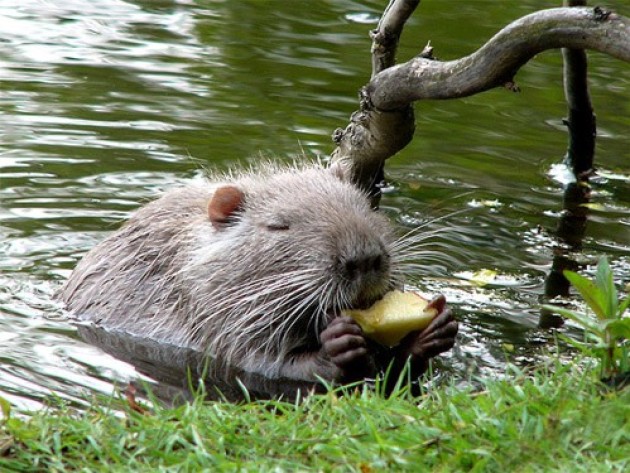
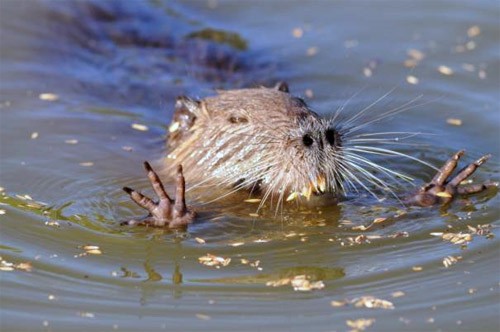
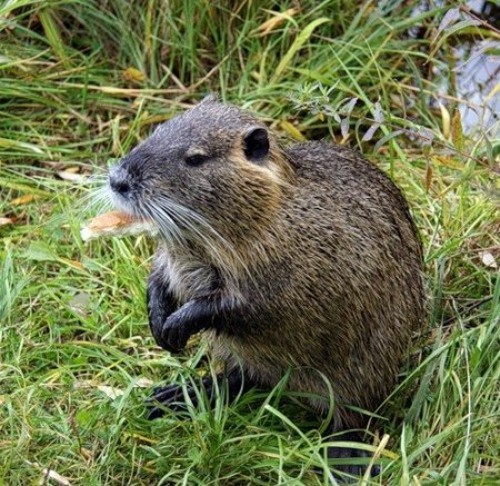
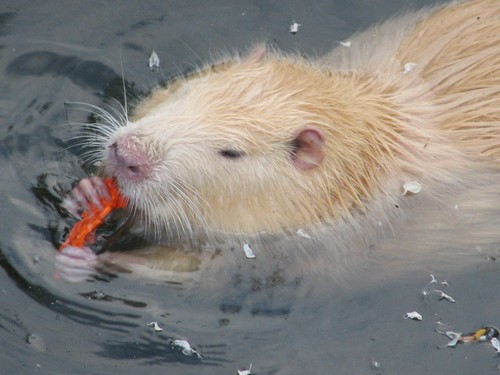
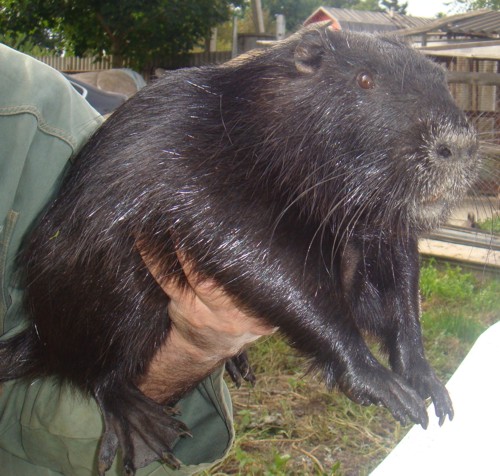
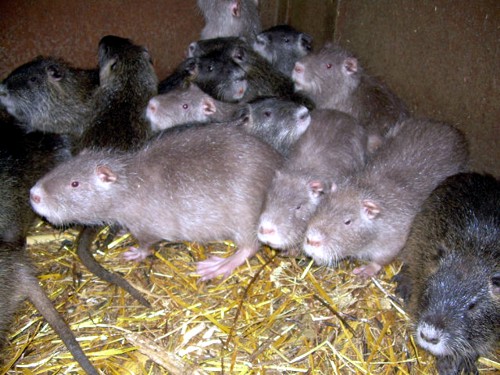
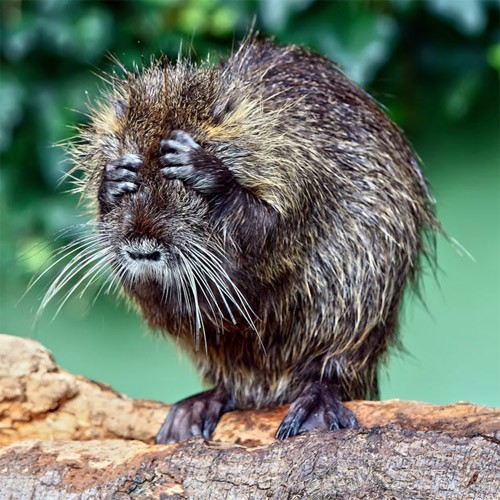

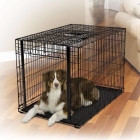
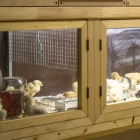
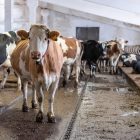
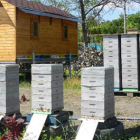
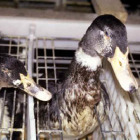
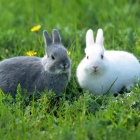
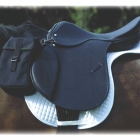
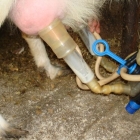
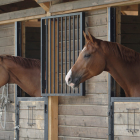
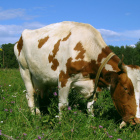
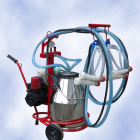
 Start a discussion ...
Start a discussion ...